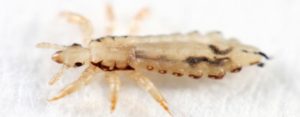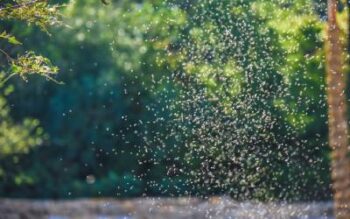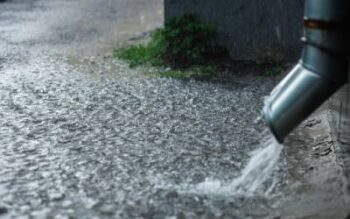Back-to-School time can mean an increase in Head Lice at school.
One common problem is Head Lice at school. People can transfer Head Lice from person to person through personal contact or by sharing certain items such as combs, brushes, caps, clothing, etc. Children often play in close contact with each other and share many of these items, including Head Lice at school. Since Head Lice don’t fly or have strong jumping legs like fleas, close contact is the primary avenue of spreading from host to host. It’s best to teach children to not share personal belongings such as hats, brushes and combs with other classmates.
Lice are more prominent during August through November. By December and January, Head Lice infestations are vast. Inspect children weekly for Head Lice during the early fall months of August through November. On occasion, lice may fall off their host onto another surface; however, they cannot survive off a human for more than 24 hours. Therefore, they do not live for very long in furniture, carpet, beds, vehicles, etc. They want to remain on their host in order to survive.
Nits are head lice eggs. They are very tiny, white, oval and cylindrical in shape. The female will glue the nits to the hairs near the scalp normally behind the ears and along the back of the neck. You can use a special fine-toothed louse comb to remove the nits by combing from the root to the tip of the hair and repeating until the entire scalp has been combed several times. A regular plastic comb will not remove nits. One female louse will lay 6-7 eggs each day. A child could have several dozen lice living on his/her head in just a few weeks. This is why weekly inspections during the school year are so important.

Available Treatments
There are several over-the-counter products available to treat Head Lice. However, it’s important to note that nit removal is the key. This is because up to 80% of nits survive control products applied to the scalp.Head Lice are a medical problem. There’s no application performed by a pest control company that can control Head Lice.
Remember, children are less likely to experience Head Lice during the school year when taught not to share personal belongings such as hats, brushes and combs with other classmates and have weekly inspections performed.



